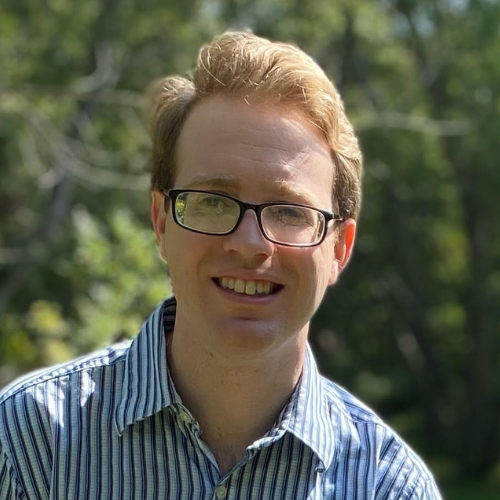by William Repetto
I could begin this series of articles by reminding you that these times are “unprecedented.” I could peddle clichés about how “we’re all in this together” or about the “new normal.” I could remind you that everyone feels uncomfortable on Zoom. I believe, however, that it’s high time to accept the realities that COVID-19 has created, to stop looking at how the system has been altered, and to begin thinking about how we as writing instructors and learners can begin to leverage our fresh perspectives to re-invent what rhetoric and comp can do.
Of course, such thinking requires defining that new perspective. For me and my fellow TAs, this means recognizing and appreciating our position as virtual TAs in a digitally mediated and so-called super section of English 110. We are first-year PhD students, beginning our new graduate school adventure in a way that perhaps no cohort has before. We exist in a liminal space. We are both educators and learners, both going to the University of Delaware and staying at home, and assisting a section that meets both synchronously and asynchronously.
There are disadvantages to this liminality, particularly in the ENGL110 classroom.
The most notable limitation of liminality so far, for me, has been the difficulty in establishing rapport with the students I have been assigned to work with. We’ve met both as a group and individually via Zoom. They are inspiring students who produce inspired work. They ask questions that far exceed my curiosities when I was in their shoes. That said, however, I do not know or believe that if we passed one another in the grocery store or on the street (particularly with masks on!) that we would immediately recognize one another.
Here I should say that I have taught English composition in the past – at nearby Eastern University. It was not uncommon for writing instruction to happen serendipitously. Sure, the lectures were important and class time valuable, but sometimes topics were generated and advice imparted when running into a student in the quad or by the dining hall and café. These interactions are entirely eliminated under the present circumstances. Huge parts of writing instruction, in my mind, depend on trust; trust is difficult to establish in the same way given the impossibility of unplanned, informal conversation.
Interestingly, though, the illusion of proximity despite physical distance created by the Zoom interface creates particular advantages within the liminality.
The synchronous online sessions are meant to transplant the lecture hall to the computer screen. I have noticed, however, that students tend to arrive to Zoom lectures and participate way less formally than students in the “before times.” Our Zoom chat has become a place to discuss ENGL110 Fight Club (I can’t say any more – them’s the rules); students have adjusted their cameras to show off golden doodles and cats emoting their indifference; still others proudly display posters and banners and flags of their interests behind them in their mise en scène.
In the stress of lecturing for our instructor or in the whirlwind of facilitating for me and the other TAs, it can be easy to miss that these very informalities are loci of writing instruction. The chat function on Zoom allows students to blurt out spur of the moment thoughts without structure and sometimes without completion—this is every descriptive grammarian’s dream. They just write without the self-critical mindset that leads to frustration and writer’s block. I credit this, at least in part, to being at ease in one’s own living space. Our own pets and decorations must provide a level of comfort of expression not possible in the lecture hall or around the seminar table.
This is not, quite obviously, a rigorously scientific theory. I’d like to take the time in the remaining posts of this column, however, to explore how my continuing observations during this semester deepen my appreciation of this liminal space. I’d like to consult with my colleagues and see if our understandings of Coronavirus-era TAing align. If I do my due diligence, this series of posts should be not only an archive for future online instructors to consult but also a space for discussion, reflection, and suggestion on how we might navigate the current ENGL110 landscape.
William Repetto is a PhD student in the English department at the University of Delaware. He is also a TA and writing center tutor. William earned his MA in English at Villanova University after completing a bachelor’s in history at La Salle University. He wrote three theses at La Salle covering frame narratives, the influence of American culture on Japanese cartoons, and The Adventures of Tintin. His master’s thesis gave a comparative reading of Wallace Stevens and David Foster Wallace to show how conceptualizations of spirituality versus religion changed over the course of the 20th century in America. While at Villanova, he also received an entrepreneurship award and small grant for his work on diversity and inclusion at their Falvey Memorial Library. William has formerly taught English composition classes at Eastern University and English as a second language classes at La Salle University.



